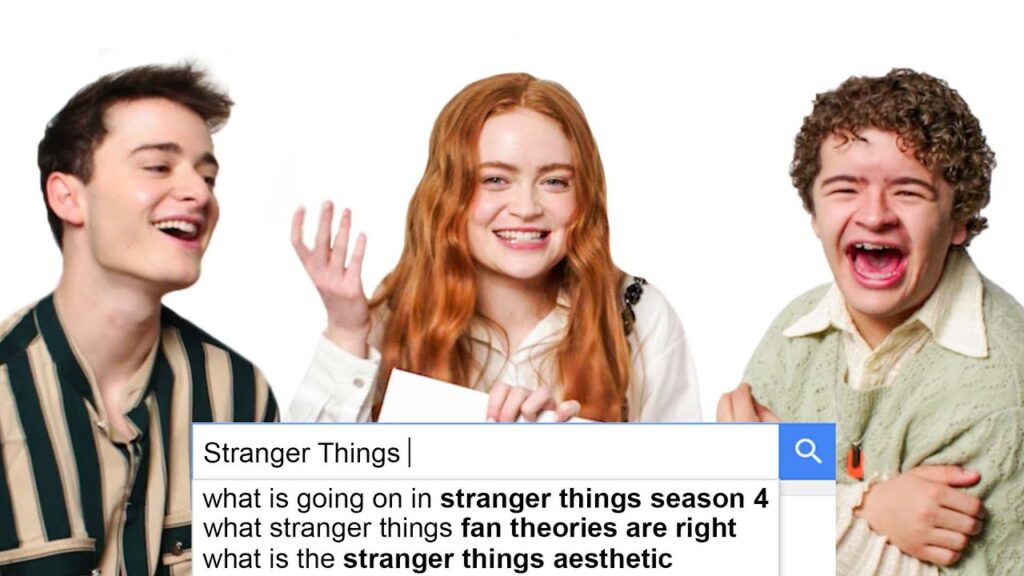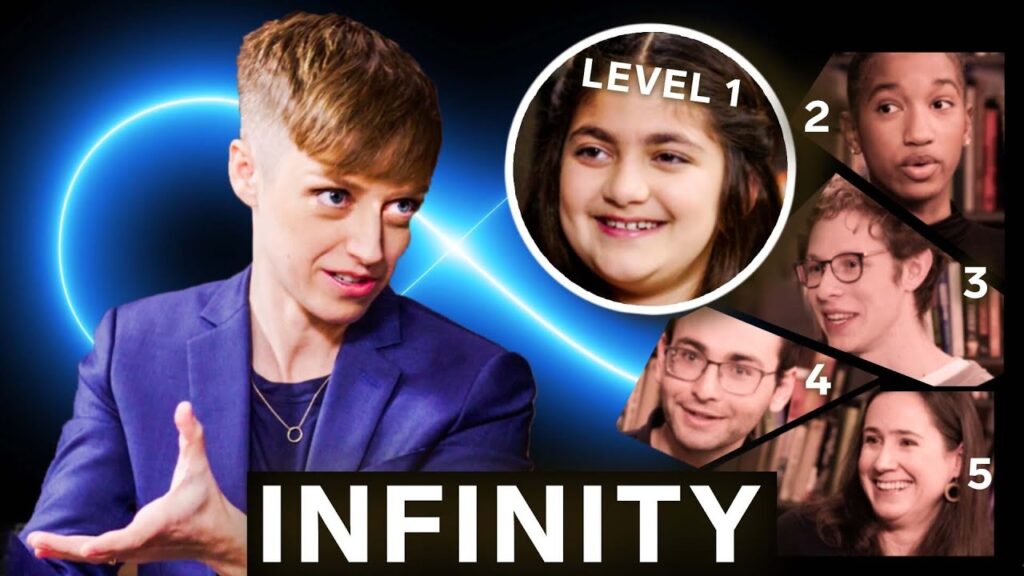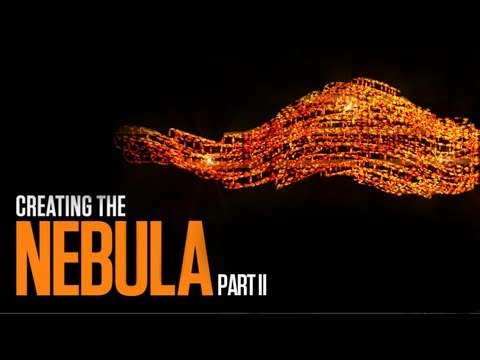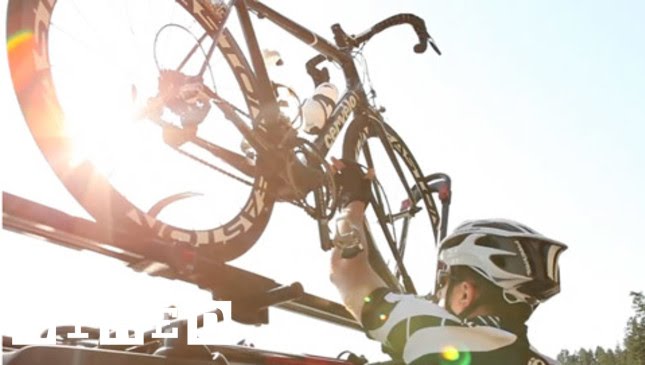The Making of Independence Day Resurgence’s Epic End Sequence
Summary
In this Q&A session with Mike Simmel from FXguide.com, Director Roland Emmerich discussed the use of the N-Cam system and Weta Digital’s contribution to the epic end sequence in the film, Independence Day Resurgence.
Table of Contents
- Using the N-Cam system for Independence Day Resurgence
- Creating the epic alien for the film
- Working with Weta Digital
- The use of CGI in the end sequence
- Collaborating with visual effects and art direction teams
Using the N-Cam system for Independence Day Resurgence
The N-Cam system used in the filming allowed Emmerich and the actors to see exactly how the blue screen shots would appear with the visual effects in place. Although it requires a lot of adjustments and measurements, Emmerich believes it is an incredible tool. The N-Cam system was used extensively in the film, particularly for the epic shots of the 3000 mile wide alien mothership that the heroes must overcome to save the world.
Creating the epic alien for the film
The original Independence Day film was a blockbuster hit and had set high expectations for the sequel. Emmerich knew that the effects for the second film needed to be bigger and better. He worked with Volker Engel, who supervised the project and many other companies, including Uncharted Territory and Scanline. But, for the end alien bus sequence, Weta Digital was the company that they turned to for their expertise. The hive was revealed to be driven by one giant “mother” alien, and Weta Digital had to create this epic creature.
Working with Weta Digital
Emmerich had not worked with Weta Digital before, but he had a great experience. They began by shooting reference shots for the film on the salt flats, which Weta used to create a bus in CGI. They then went through the storyboards and previz and started to work on the final shots. Weta made creative suggestions, and their external lighting tool was used to work out the contrast ratios correctly. Weta Digital contributed over 230 shots to the end sequence alone. Emmerich was impressed with the way Weta worked and enjoyed collaborating with them.
The use of CGI in the end sequence
Weta Digital replaced a significant amount of the live-action shots with fully CGI shots, and they did it at a higher rate than almost any other film recently. They used their new Manuka renderer, which helped them perfect the scenes down to the last detail. Emmerich knew that the end sequence had to look real, and he trusted Weta Digital to achieve this goal.
Collaborating with visual effects and art direction teams
Emmerich has always collaborated with visual effects and art direction teams, but he found that different companies have different attitudes towards working with directors. He had a positive experience working with Weta Digital because they not only did what the director asked but also made creative suggestions. For Emmerich, the end sequence had to look real, and he trusted Weta to help him achieve this goal.
Conclusion
The making of Independence Day Resurgence’s epic end sequence involved significant collaboration with technology experts and artists. Emmerich knew that he had to create something bigger and better than the original, and through collaboration and innovation, he achieved his goal. The end sequence looks almost entirely real, with only a few live-action shots left in. Weta Digital contributed over 230 shots to the end sequence alone, demonstrating their expertise in creating realistic CGI scenes. Emmerich’s experience with Weta Digital and other companies has taught him that creative collaboration is the key to success in filmmaking.







